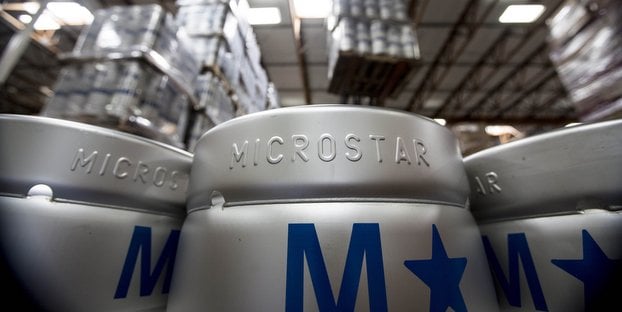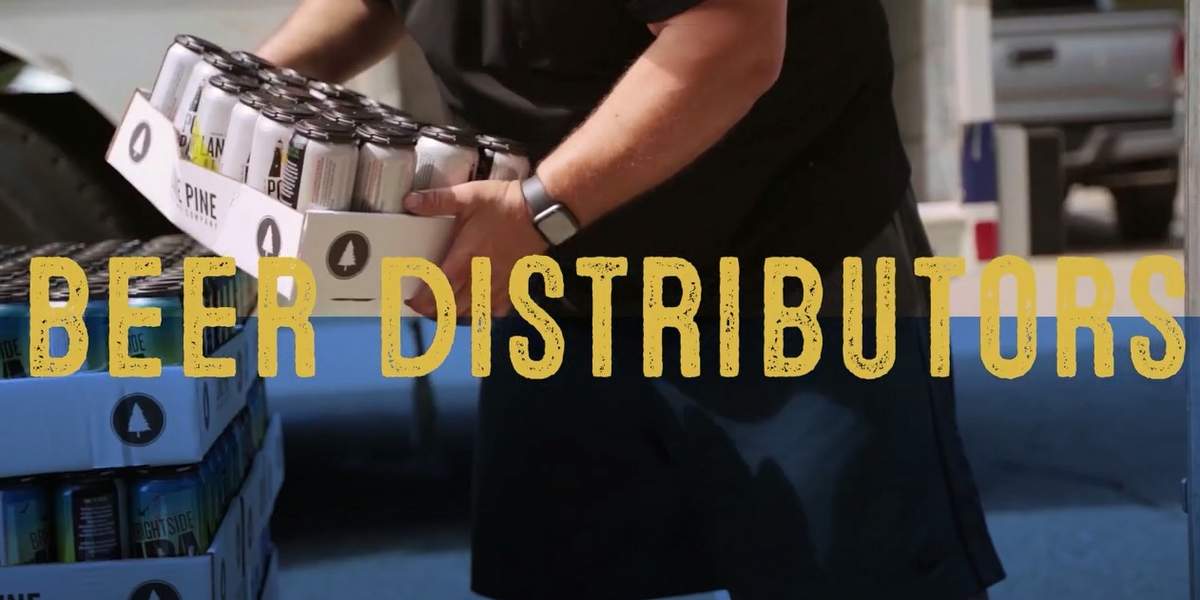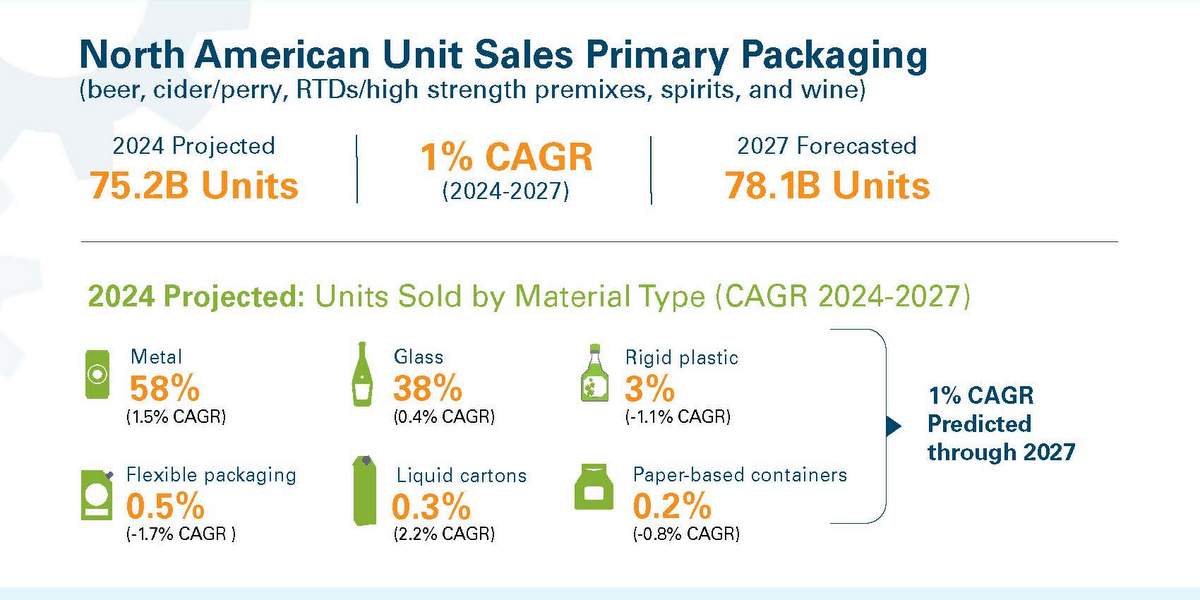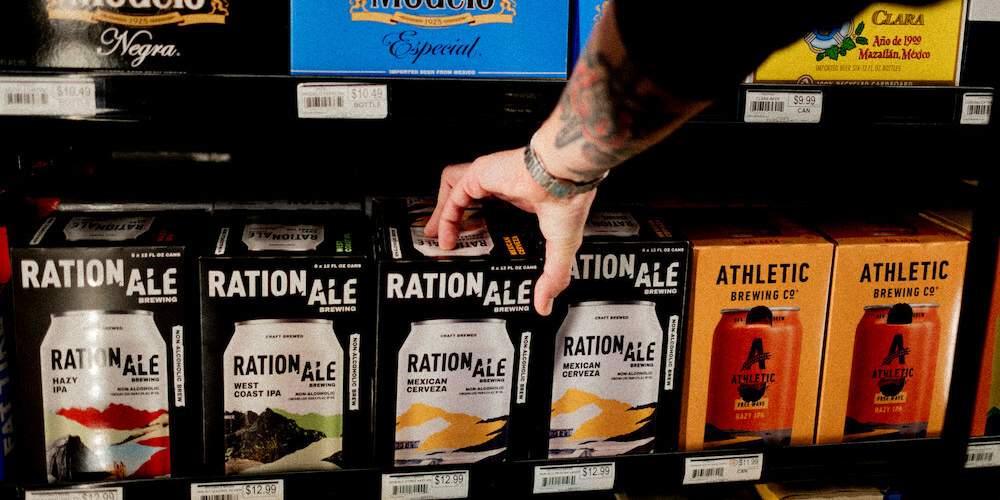Use this process to keep track of kegs in your warehouse

To improve the management of your keg inventory you need a system to keep track of the empties. The system has to be written on paper and communicated to your team. In a nutshell, the most effective way to keep an accurate inventory is to make regular and consistent keg counts. However, the count has to be done properly. Below is the process I’ve used over the years and found to be effective. The basic tenets of a good inventory management system:
- Planning and preparation
- Execution
- Analysis of results
Planning and preparation
- First determine a day/time to conduct the cycle counts, and inform all employees about it. This way everyone can all work to make the count successful (for example, not picking product at the same time we are trying to count).
- Prepare the warehouse and control the count environment. Ensure it is clean and organized. Keep activity to a minimum, such as picking product or moving kegs around.
- Identify the counting team. Ensure that experienced people are doing the counting. Provide training on the process, ensure the team understands.
- Have one leader to control the count. One person needs to be in charge.
Execution
- Execute the count following these procedures.
- Recounts. Any count variance over 10 kegs, or 5 percent of total kegs, will be re-counted by a different person than the original counter.
- Adjustments. All inventory adjustments will be posted in the computer system as soon as the count/re-count is completed.
Analysis of results
- Investigate variances, determine causes, implement/recommend process changes as necessary
- Communicate the results to the count team
- Post the results so the entire team can see them. More eyes on solving the problem.
Use this process to keep track of kegs at retail

Let’s face it; this is where kegs go missing. You deliver kegs to customers, but not all of them come back. The kegs may be misplaced, stolen or picked up in error by another distributor. Either way, you stand to lose the most. The process to keep track of kegs at retail is relatively simple: create a report to monitor the keg sales and returns by retailer. Note how many kegs were sold in and how many were picked up from the account. Any shortfall should be accounted for with the customer.
To begin, the brewery rep takes an inventory of total kegs at the retail account and notes this count as the beginning inventory. Keg sales and pickups are then tracked going forward. The beginning inventory plus any sales and minus any pickups equals the ending inventory. The brewery rep can then count kegs at the account and reconcile to the ending inventory number.
There will be variances between how many kegs should be at the retail account and how many are actually there. These differences should be treated the same as the variances noted during a warehouse keg inventory count. Follow up with the retailer, determine where the kegs could have gone, and track them down. Think about it this way, if a retailer didn’t pay you for the beer you’d be all over them. Your kegs shouldn’t be treated any differently. Kegs are inventory.
The importance of regular counts
The key ingredient to managing empty keg inventory is to make regular, consistent and accurate counts of the inventory. There’s really no getting around this. One of the toughest things to do is figure out how a variance occurred. It’s like solving a crime. You need to get on the case right away before the trail goes cold. Regular and consistent counts will help you identify variances, determine the cause, and implement solutions.
Wrap up
Computer inventory records are notoriously inaccurate. There are lots of reasons: bad process, human error, or inventory management is a low priority item. There’s always something more important than counting the kegs. But you’ve got to count the kegs, and have a system to do it right.
There is a lot of money at stake here. If your keg inventory is not accurate, you may be looking at a write off of tens or hundreds of thousands. I’ve seen it. It’s happened to me. Don’t let it happen to you. Use the process outline here or implement your own. Understand where kegs can get lost — in your building, at the distributor, in the retail account or in a college dorm room. Close the loopholes, plug leaks in the inventory bucket and implement your keg management system. Your income statement is counting on you.
Kary Shumway is the founder of Beer Business Finance, an online resource for beer industry professionals. Shumway has worked in the beer industry for more than 20 years as a Certified Public Accountant and currently as chief financial officer for Clarke Distributors Inc. in Keene, N.H. Beer Business Finance publishes a weekly beer industry finance newsletter, offers guide books on topics such as sales compensation planning, SKU management and financial literacy, and produces a weekly podcast. The newsletter with a free six-month trial, industry guides and podcast are all available at www.BeerBusinessFinance.com.





Leave a Reply
You must be logged in to post a comment.